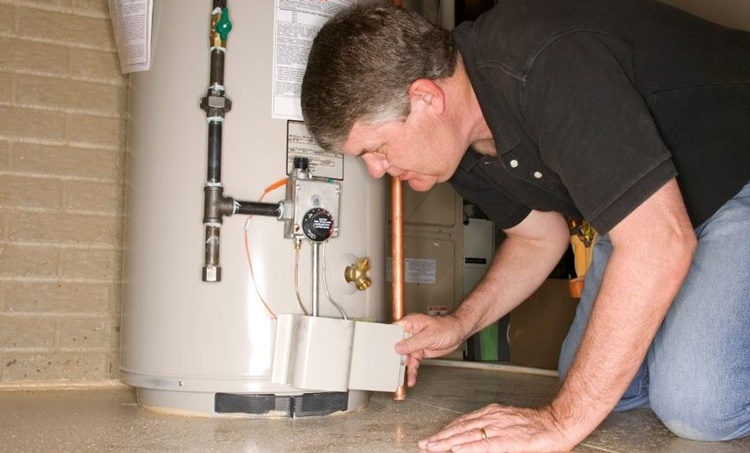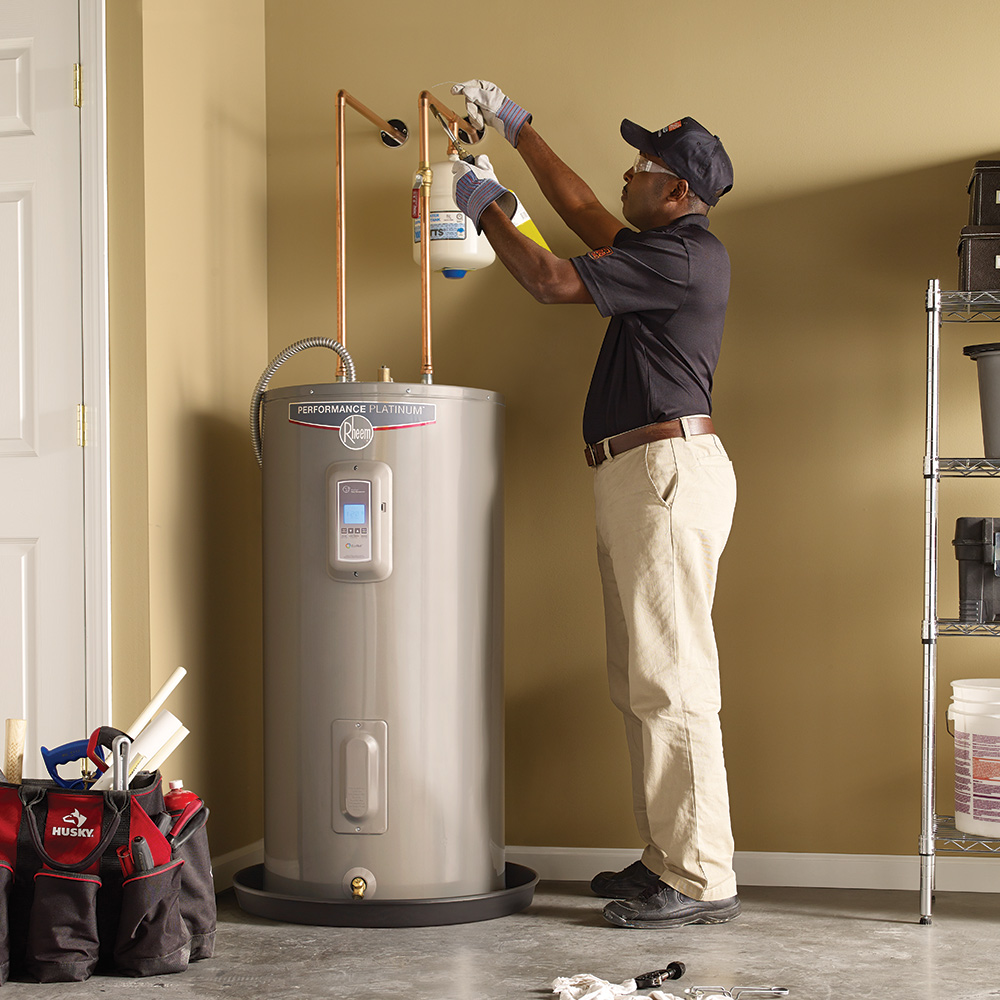Simple Steps to Caring for Your Home's Hot Water SystemExpert Advice on Maintaining Your Home's Hot Water System
Simple Steps to Caring for Your Home's Hot Water SystemExpert Advice on Maintaining Your Home's Hot Water System
Blog Article
We have come across this great article involving How to Maintain a Hot Water Heater in a Few Simple Steps directly below on the net and decided it made good sense to relate it with you on this page.

Warm water is vital for day-to-day comfort, whether it's for a rejuvenating shower or cleaning dishes. To ensure your warm water system runs successfully and lasts longer, routine upkeep is essential. This short article supplies functional tips and understandings on exactly how to preserve your home's hot water system to prevent disruptions and pricey repair work.
Intro
Keeping your home's hot water system could seem overwhelming, but with a couple of simple steps, you can ensure it runs smoothly for many years to come. This guide covers every little thing from understanding your hot water system to do it yourself maintenance suggestions and recognizing when to call in expert aid.
Importance of Preserving Your Warm Water System
Normal maintenance not only expands the lifespan of your hot water system however additionally ensures it operates effectively. Disregarding upkeep can lead to reduced performance, greater power costs, and also early failing of the system.
Indications Your Warm Water System Demands Upkeep
Recognizing when your hot water system requires focus can protect against major issues. Watch out for indications such as irregular water temperature level, strange noises from the heater, or rustic water.
Purging the Hot Water Heater
Purging your hot water heater gets rid of sediment buildup, improving effectiveness and extending its life.
Monitoring and Changing Anode Rods
Anode poles protect against deterioration inside the container. Inspecting and replacing them when worn out is important.
Complicated Problems Needing Specialist Aid
Instances include significant leaks, electric issues, or if your water heater is consistently underperforming.
Regular Specialist Maintenance Advantages
Professional upkeep can consist of extensive evaluations, tune-ups, and ensuring conformity with security standards.
Inspecting and Readjusting Temperature Settings
Readjusting the temperature level settings makes certain optimum performance and safety.
Do It Yourself Tips for Maintenance
You can perform numerous maintenance jobs on your own to keep your warm water system in top condition.
Looking for Leaks
Routinely check pipes and links for leaks, as these can lead to water damages and higher costs.
Comprehending Your Warm Water System
Prior to diving into upkeep tasks, it's handy to understand the standard elements of your warm water system. Usually, this includes the hot water heater itself, pipes, anode poles, and temperature controls.
Monthly Upkeep Tasks
Regular month-to-month checks can help capture minor problems before they escalate.
Checking Stress Relief Valves
Examining the pressure safety valve ensures it operates correctly and stops too much pressure accumulation.
Insulating Pipes
Shielding hot water pipelines reduces warm loss and can conserve energy.
When to Call a Specialist
While DIY maintenance is valuable, some issues need specialist knowledge.
Verdict
Regular upkeep of your home's warm water system is important for performance, longevity, and expense financial savings. By following these suggestions and understanding when to look for specialist help, you can make sure a reliable supply of hot water without unexpected interruptions.
Water Heater Maintenance Tips
Test the TPR Valve
Shut off the power and the cold-water supply valve. Place a bucket under the pipe connected to the temperature-pressure-release (TPR) valve on the top or side of the tank. (This valve opens if the tank pressure gets too high.) Lift the valve’s tab to let some water out, then let go. If water keeps flowing, drain the tank partway, unscrew the old valve with a pipe wrench, and install a new one. Check the Anode Rod
Put a hose to the tank’s drain cock and let out a few gallons of water. Now fit a 1 1/16-inch socket onto the rod’s hex head on top of the heater (or under its top plate) and unscrew the rod. If it’s less than ½ inch thick or coated with calcium, buy a new one, wrap its threads with Teflon tape, put it back in the tank, and tighten securely. Use this segmented rod if headroom above the tank is limited. Drain the Tank and Wash Out Sediment
Drain the remaining water in the tank into the bucket, then stir up the sediment on the tank’s bottom by briefly opening the cold-water supply valve. Drain and repeat until clean water comes out of the hose. Close the drain cock, refill the tank, and turn its power back on. Adjust the Temperature
Find the temperature dial on the side of the tank and unscrew its cover. Adjust the dial to 120 degrees using a flathead screwdriver. For every 10 degrees the temperature is lowered, you can expect to save up to 5 percent in energy costs. Turn the water heater off or the thermostat down to its lowest setting if you plan to be away from home for more than three days. Insulate the Pipes
Buy some self-sticking 3/8-inch-thick foam pipe insulation that matches the pipes’ diameter. Slide the foam over the hot-and cold-water pipes as far as you can reach. Insulating the cold-water pipe prevents condensation in summer. Peel the tape and squeeze the insulation closed. If the pipe is 6 inches or less from the flue, cover it with 1-inch-thick unfaced fiberglass pipe wrap. https://www.thisoldhouse.com/plumbing/21016402/how-to-maintain-a-water-heater

Hopefully you enjoyed our part on Tips For Maintaining Your Hot Water Heater. Thank you for taking time to read through our blog post. Those who enjoyed reading our blog entry kindly be sure to pass it around. I thank you for reading our article about How to Maintain a Hot Water Heater in a Few Simple Steps.
Go Deal Report this page